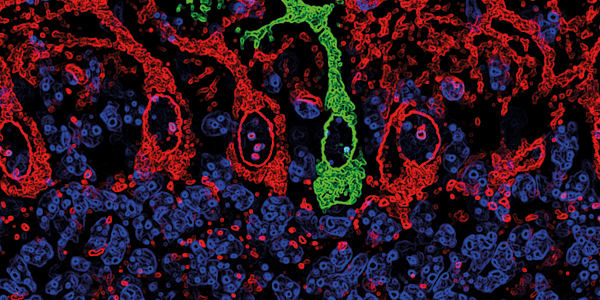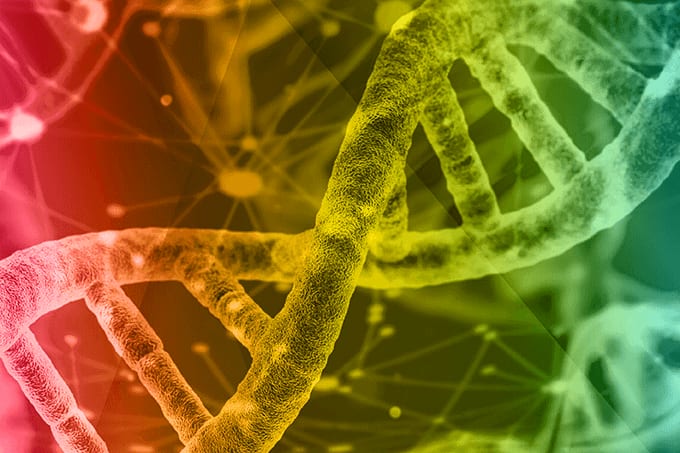The pathology of prion-based diseases remains elusive, especially because, despite their highly infectious nature, it is still difficult to identify prions pre-mortem.
In 2014, Claudio Soto, Professor in the Department of Neurology at the University of Texas, led a team to develop protein misfolding cyclic amplification (PMCA) – an assay able to detect variant Creutzfeldt-Jakob disease (vCJD) in urine samples (1). Similar to PCR amplification of DNA, PMCA forces prion replication in a cyclic manner to produce enough misfolded proteins to detect. Soto has now built upon those initial findings to create a blood-based diagnostic for the disease (2). vCJD is the human form of bovine spongiform encephalopathy, the prion infection colloquially known as “mad cow disease.” The significance of this new diagnostic is twofold. First, there have been cases of iatrogenic vCJD (through blood transfusions or dural grafts). Second, although the well-publicized vCJD outbreak of the 1990s has passed, the disease can lie dormant for years in asymptomatic carriers before reemerging (3). The team analyzed the blood of 14 vCJD patients and 153 controls (including some patients affected with sporadic CJD) and demonstrated that the new assay had 100 percent sensitivity and specificity. The researchers note that more studies are needed to further validate the technique, but that the initial results show promise for the noninvasive diagnosis of this lethal disease with no known cure.
References
- F Moda et al., “Prions in the urine of patients with variant Creutzfeldt-Jakob disease”, N Engl J Med, 371, 530-539 (2014). PMID: 25099577. L Concha-Marambio et al., “Detection of prions in blood from patients with variant Creutzfeldt-Jakob disease”, Sci Transl Med, 8, 370ra183 (2016). PMID: 28003548. RW Carrel, “Prion dormancy”, Biomedicine, 306, 1692-1693 (2004). PMID: 15576598.




